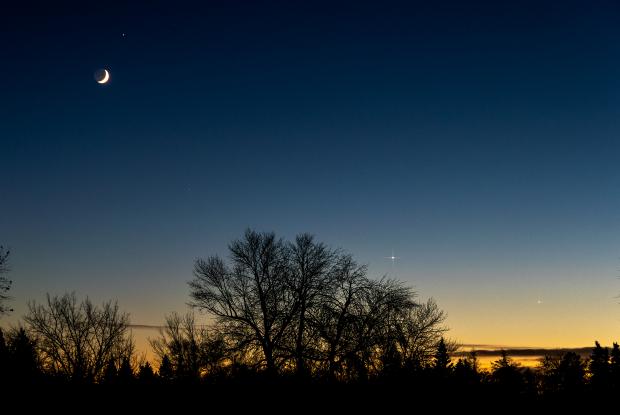Why do some plants produce small flowers unlikely to attract pollinators?
When people talk about flowers, they usually talk about ones with bright, contrasting, shimmering colours. Yet not all plants produce only those kinds of flowers. Cleistogamous species can produce two types of flowers on the same plant: “normal” ones that look great, but also “runts” that are small and never open. This second category of flowers don’t need to lure pollinating insects by using colours and smells because they pollinate themselves.
In a recent study, Jardin botanique de Montréal botanist Simon Joly and McGill University biology professor Daniel Schoen show that cleistogamy, as this type of self-pollination is called, is strongly associated with flowers having bilateral symmetry, meaning that they have a single place of symmetry, rather than multiple ones; orchids are a good example of bilateral flower symmetry.
Reproductive failure
Flowers generally have both male and female reproductive organs, which, for a sedentary organism, is an effective evolutionary strategy to ensure reproduction. By offering a reward such as nectar or pollen, flowers help plants entice animal pollinators to carry pollen between plants of the same species, effectively acting as intermediaries in the mating process.
The problem with this strategy is that if there are no pollinators, the plant may fail to reproduce or may have less success doing so. Cleistogamy is a way of getting round this problem. While somewhat rare, this reproductive strategy is nevertheless used by over 500 species from some 40 flowering plant families, including jewelweeds and violets. Cleistogamy often goes unnoticed, however, as cleistogamous flowers are so small.
Darwin was right
Darwin was well aware of the advantages of cleistogamy as a reproductive strategy and he hypothesized that it is more likely to occur in species with bilateral flower symmetry than in species with radial flower symmetry (which have several planes of symmetry, such as apple blossoms). This is the case because plant species with bilateral flower symmetry are normally pollinated by fewer species of insects than species with radially symmetric flowers.
Until now, however, this hypothesis of Darwin’s on the association between cleistogamy and bilateral symmetry had never been properly tested.
To test Darwin’s hypothesis, Simon Joly and Daniel Schoen analysed over 2,500 species of flowering plants—the biggest dataset ever assembled for flowers featuring these unusual characteristics. As a result, they were able to show that cleistogamy evolves much more frequently in plants having bilateral flower symmetry, thus confirming the hypothesis Darwin posited 150 years ago based on his study of just a few dozen species!
The paper “Repeated evolution of a reproductive polyphenism in plants is strongly associated with bilateral flower symmetry,” by Simon Joly, a botanist at the Jardin botanique de Montréal and a professor of biology at the Université de Montréal, and Daniel Schoen, a professor of biology at McGill University, was published in the journal Current Biology on February 3, 2021.











